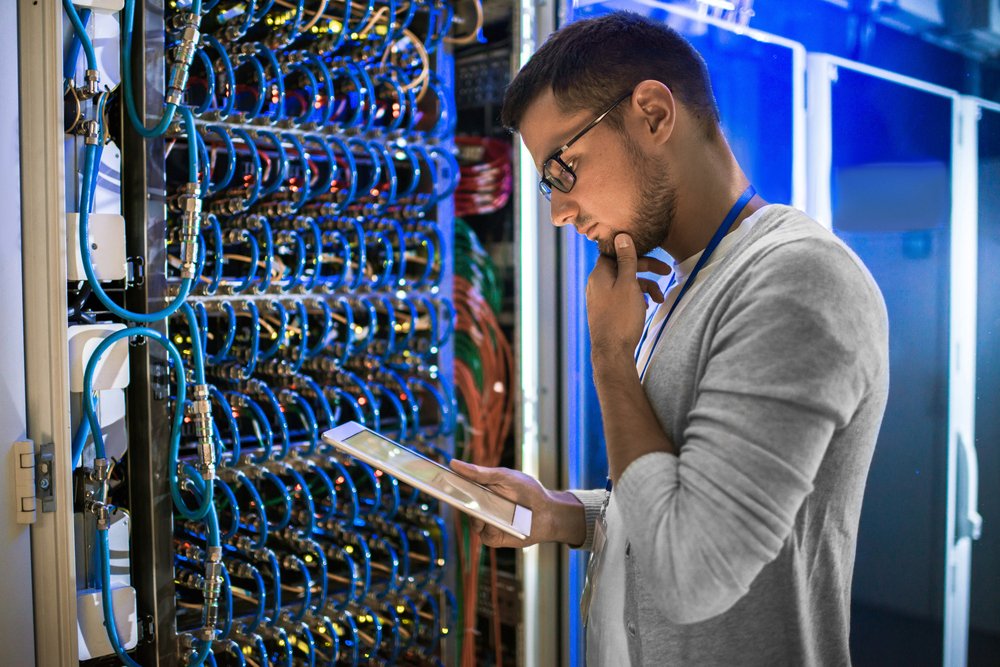Supercomputers are one of those technological trends everyone is interested in. Although very few people would actually have a use for such computing power, there are some interesting developments taking place in this area. More specifically, a new machine is in development which claims to be unhackable. Thanks to US$3.6 million in funding through DARPA, the team behind this project may be able to live up to expectations.
An Unhackable Centralized Supercomputer?
The easiest way to create an unhackable supercomputer is to remove any central point of failure from the equation. That is much easier said than done in this day and age, though, as virtually every supercomputer is massively centralized. It usually consists of just one device which is hosted at a specific location, such as a data center or university. Going the decentralized route will not be easy, although we have seen some interesting ICO projects such as SONM attempt to do so in recent months.
A team at the University of Michigan is going about this a bit differently. Although their new supercomputer is still centralized, they claim it can be made unhackable. It’s an interesting train of thought, but saying such a thing and making it true are two very different things. Even the US$3.6 million from DARPA may not be sufficient to make this dream become a reality in a reasonable time frame. At the same time, if this could be pulled off, it would be a major development for the tech industry as a whole.
The MORPHEUS supercomputer has been of keen interest for quite some time now. This is not a brand new project by any means, yet it goes to show that proper collaboration among different entities is needed to create a secure solution that everyone can enjoy. The team behind MORPHEUS is making some interesting decisions when it comes to the cybersecurity aspect of this particular supercomputer.
By introducing software patches to vulnerabilities which have already been identified, the team has taken an important first step in delivering on their promise. At the same time, it remains to be seen if they can remain one step ahead of new threats when they emerge. The world of cybercrime doesn’t take a day off throughout the year, and a supercomputer will need to be kept up-to-date around the clock. DARPA’s own cybersecurity solution will play a big role in that process.
The government agency announced its cybersecurity solutions initiative earlier this year. It is a US$50 million investment to integrate cybersecurity solutions – including the patch and pray model – at the hardware level, rather than just the software side of things. Removing hardware vulnerabilities from the equation makes a lot of sense in this day and age, especially since the hardware is equally as vulnerable as the software in most cases. All of this will not automatically result in unhackable devices, though.
With MORPHEUS, the design of the hardware is very different. Information is moved quickly and seemingly randomly before it is eventually destroyed. This should, in theory, keep critical information out of the hands of attackers from all over the world. How all of this will hold up when faced with zero-day exploits remains to be determined. It’s a valiant approach to tackling one of the biggest problems affecting supercomputers these days, though. We can’t wait to see what the University of Michigan comes up with next as far as MORPHEUS is concerned.

